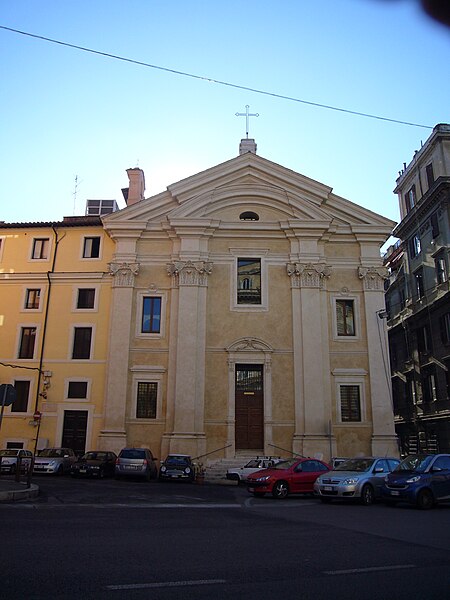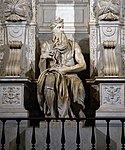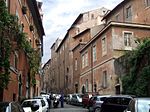Santi Gioacchino e Anna ai Monti

Santi Gioacchino ed Anna ai Monti (Saints Joachim and Anne on the hills) is a church on the Via Monte Polacco in Rome. Pope Clement XIII demolished a thirty-seven-year-old Minim monastery on this site (founded in 1723 by Fr. Francesco Narici) in 1760 to make way for a new monastery and the present church. The church, on a Greek cross plan, barrel-vaulted and with a central dome, was consecrated in 1781 by Pope Pius VI. Its 18th-century façade has four pilasters with Corinthian capitals and is crowned by an undecorated tympanon. The main decorations are stucco cherubs, including a tympanum above the high altar with cherubs in glory and a painting of the Madonna, St Anne and St Joachim. The church is served by diocesan clergy.
Excerpt from the Wikipedia article Santi Gioacchino e Anna ai Monti (License: CC BY-SA 3.0, Authors, Images).Santi Gioacchino e Anna ai Monti
Via Monte Polacco, Rome Municipio Roma I
Geographical coordinates (GPS) Address External links Nearby Places Show on map
Geographical coordinates (GPS)
| Latitude | Longitude |
|---|---|
| N 41.894501 ° | E 12.493948 ° |
Address
Santi Gioacchino e Anna ai Monti
Via Monte Polacco
00184 Rome, Municipio Roma I
Lazio, Italy
Open on Google Maps











